Red light therapy, often also called photobiomodulation or low intensity laser therapy, has the main function of helping the skin to be healthier and rejuvenated. This is the main reason why many people in the skincare world are focusing on it. It is non-invasive compared to other therapies and mainly uses its own light waves to improve blood circulation. Unlike UV light, red light is beneficial to the body.
How Does Red Light Therapy Work?
When it comes to how red light therapy works, all you need to know is that by exposing your skin to the red light's lamp, it will be able to help your skin well and allow the cells inside your skin to repair themselves. At the same time red light therapy possesses very low heat and it will not damage your skin as if you were under the daylight and sunbathing.
The science behind red light therapy: enhancing wellness and recovery
To understand how red light therapy works, it's important to know a bit about how cells function.
Mitochondria, often referred to as the "powerhouses" of cells, produce energy. When mitochondria absorb red light, they work better. This boosts energy production in the cells, which can promote regeneration.
Red light therapy can also help lower oxidative stress or an imbalance of free radicals and antioxidants in the body. This process can harm cells and lead to aging and disease. By minimizing oxidative stress, red light therapy supports the body's natural therapeutic processes.
Red light therapy devices
There are many different types of red light therapy devices, some of which can be used at home. But home devices are usually less powerful than those used in clinics and may be less effective or take longer to work. Red light therapy devices include:
- Red light therapy mask. This fits over your entire face and has red LED lights on the inside, pointed toward your skin. It is designed to be worn for a short length of time several times a week. It's used as a treatment for acne, wrinkles, or other facial skin concerns.
- Red light therapy bed. This looks like a tanning bed but has red LED lights instead of UV lights. It is big enough for you to lie down inside, and your whole body is exposed to red light.
- Red light therapy panel. This is a panel of red LED lights that you can mount on a wall or place on a table, either at a clinic or home. Panels range in size from small to large. Small panels are used for targeted areas such as your face, and large panels can target larger areas of your body.
- Red light therapy wand. These are handheld devices that have red LED lights at one end. You use them by moving the wand over your skin in the areas that you want to treat. They are used to treat very small areas, such as the back of the hands, one knee, or a particular spot on the face.
The Science Behind Skin Enhancement
By harnessing the power of red light therapy for skin, you can see some notable improvements in not only its appearance but its overall health. The skin is the largest organ of the body, so it’s crucial that we take good care of it. Our skin can also be an indicator of our health and can show the first signs of something not being right in our body. If we haven’t been getting enough sleep, our diet is poor or we have an underlying health condition, these can all show through our skin. With that being said, the improvements to the skin’s appearance from these near-infrared wavelengths of light is remarkable, whether you want to combat the first signs of ageing or you’re suffering from uncomfortable skin conditions like eczema, here are the red light therapy benefits you won’t want to miss!
Eczema Relief
Living with this skin condition can be extremely frustrating as the uncomfortable symptoms of irritation can be difficult to find any sort of relief. Characterised by redness, itching and inflammation, this chronic skin condition often disrupts daily life and self-esteem. An amazing discovery is how red light therapy benefits those who suffer from eczema by providing relief and makes managing this condition easier than leaving it alone.
Utilising red light therapy for eczema means you will be targeting the underlying cause of the problem. As eczema and inflammation go hand in hand, this technology creates an anti-inflammatory response in the body as well as calming the heightened immune responses that fuel eczema. Cytokines are small proteins in the body that control the growth and activity of immune system cells and blood cells, they also help the body’s immune and inflammatory responses. Red light therapy for eczema helps to modulate the cytokines which promotes a balanced immune reaction. This helps to soothe the redness and itching that makes eczema uncomfortable.
When the specific wavelengths penetrate the tissues in the body, stimulation of cellular activity aids in repairing damaged skin cells. Perfect for supporting skin healing! Eczema-prone skin is notorious for its compromised barrier, which makes it susceptible to external irritants and moisture loss. Using red light therapy for eczema addresses this vulnerability by helping the skin to heal and strengthening the protective barrier, which can help better manage eczema flare-ups.
Combatting The Signs Of Ageing
The first signs of ageing are often visible on our faces from fine lines, wrinkles to sagging skin. When we first notice these changes in our appearance, it can negatively affect our self esteem. As we grow older, our body stops producing collagen which is responsible for our skin’s firmness and elasticity. There are also many lifestyle factors that can lead to premature skin ageing such as poor diet, smoking and alcohol consumption, leading to us ageing faster than normal. That’s why red light therapy for wrinkles is becoming increasingly more popular, as it’s been proven to be a natural ally in the battle against the visible signs of ageing.
The main benefits of red light therapy for skin is the increase in collagen production. Collagen is the skin’s structural integrity, and with age, collagen production naturally declines which leads to the first signs of ageing from fine lines, wrinkles and sagging skin. However, red light therapy for skin can help rejuvenate and create a fresher appearance. Red light therapy can work as a collagen booster, and by increasing collagen production you will see an improvement in skin texture leading to a more youthful complexion.
What Are the Benefits of Red Light Therapy?
Research on the benefits of red light therapy is ongoing. While more research needs to be done, there is some evidence that it may be useful for several health and beauty concerns.
Red light therapy for dementia
There is a professional organization on red light therapy, for the treatment of dementia research, they chose 5 dementia people, in 12 weeks with red light therapy to treat, the final result is that the memory becomes better, the quality of sleep is also higher.
Red light therapy for pain
Red light therapy for pain, which is its main function, especially for inflammation this, it can be very good for pain relief, which is professionally researched.
Red light therapy for arthritis
A review of studies found that red light therapy may be a helpful short-term treatment for pain and morning stiffness for patients with rheumatoid arthritis. However, it doesn’t seem to be very helpful for other forms of arthritis, such as osteoarthritis.
Red light therapy for tendinopathy
Tendinopathy is a condition that causes pain and loss of function in your tendons. A review of 17 clinical trials studying the impact of red light on treating tendinopathy found low-to-moderate quality evidence indicating that red light can help relieve pain or improve function.
Red light therapy for hair loss
A review of multiple studies found that red light therapy can be an effective treatment for androgenic alopecia, a genetic disorder that causes hair loss. Another review of 11 studies found similar promising results. In some studies, hair thickness improved as well as hair growth.
Red light therapy for skin
Red light therapy can make your skin smoother and at the same time can make your skin cells more youthful, its main function can stimulate collagen, which can effectively improve skin elasticity.
Red light therapy for acne
Red light therapy for acne, it helps you to reduce inflammation quickly, naturally targeting acne with great results, and in addition to acne, it is also great for restoring scars on top of the body.
Red light therapy for weight loss
Some providers use red light therapy as a weight loss treatment. This is often called body contouring, or body sculpting. Red light therapy may help reduce the circumference of your body in the area that was treated, but the effect will likely be temporary and not due to any real weight loss.
Safety and Considerations
As a final note, red light therapy is safe for the most part as it is non-invasive, but any instructions should follow safety guidelines and you would be wise to consult your healthcare provider if you have any medical conditions of your own.
Frequently Asked Questions (FAQ)
1. How often should I use red light therapy for skin health?
For skincare, experts suggest using a red-light device for about 10 minutes three to five times a week. Consistency is key, and it may take at least a month, or even three months, to notice visible improvements.
2. Can I use red light therapy at home?
Yes, many FDA-cleared at-home devices, such as wands, masks, or panels, are available for safe use. However, at-home devices may be less powerful than those used in professional settings, so results may vary. Consulting a dermatologist before starting can help ensure it’s appropriate for your skin type and condition.
3. Is red light therapy safe for all skin types?
Red light therapy is generally safe for most skin types and has minimal side effects. However, individuals with photosensitive conditions, such as lupus, or those taking photosensitizing medications should consult a dermatologist before use to avoid potential adverse reactions.
4. How long does it take to see results from red light therapy?
Results are gradual and cumulative, often requiring consistent use for 6 to 12 weeks to see noticeable changes in skin texture, tone, or wrinkle reduction. Taking baseline photos can help track progress over time.
5. Can red light therapy replace other skincare treatments?
Red light therapy is best used as a complementary treatment rather than a replacement for other skincare methods, such as retinoids, chemical peels, or injectables. It can enhance results when combined with a tailored skincare regimen recommended by a dermatologist.
6. Are there any risks associated with red light therapy?
When used correctly, red light therapy has a low risk of side effects. Potential risks include temporary redness, irritation, or, in rare cases, burns if the device is misused. Prolonged exposure to the eyes may cause retinal damage, so protective goggles are recommended during treatment.
Conclusion
Red light therapy offers a promising, non-invasive approach to improving skin health, with benefits ranging from enhanced collagen production to reduced inflammation and improved wound healing. While more research is needed to fully standardize its protocols, the existing evidence supports its efficacy for addressing wrinkles, acne, redness, and other skin concerns. Whether used in a professional setting or with at-home devices, red light therapy can be a valuable addition to a comprehensive skincare routine, provided it’s used consistently and safely under proper guidance.
References:

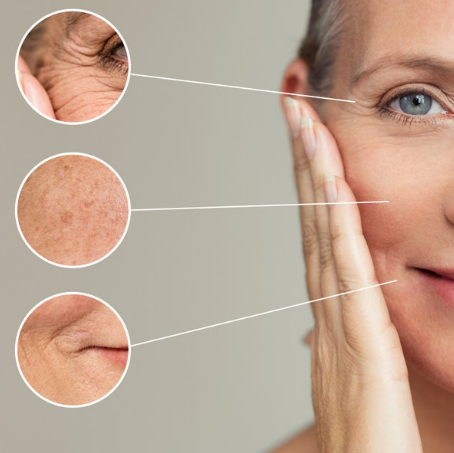

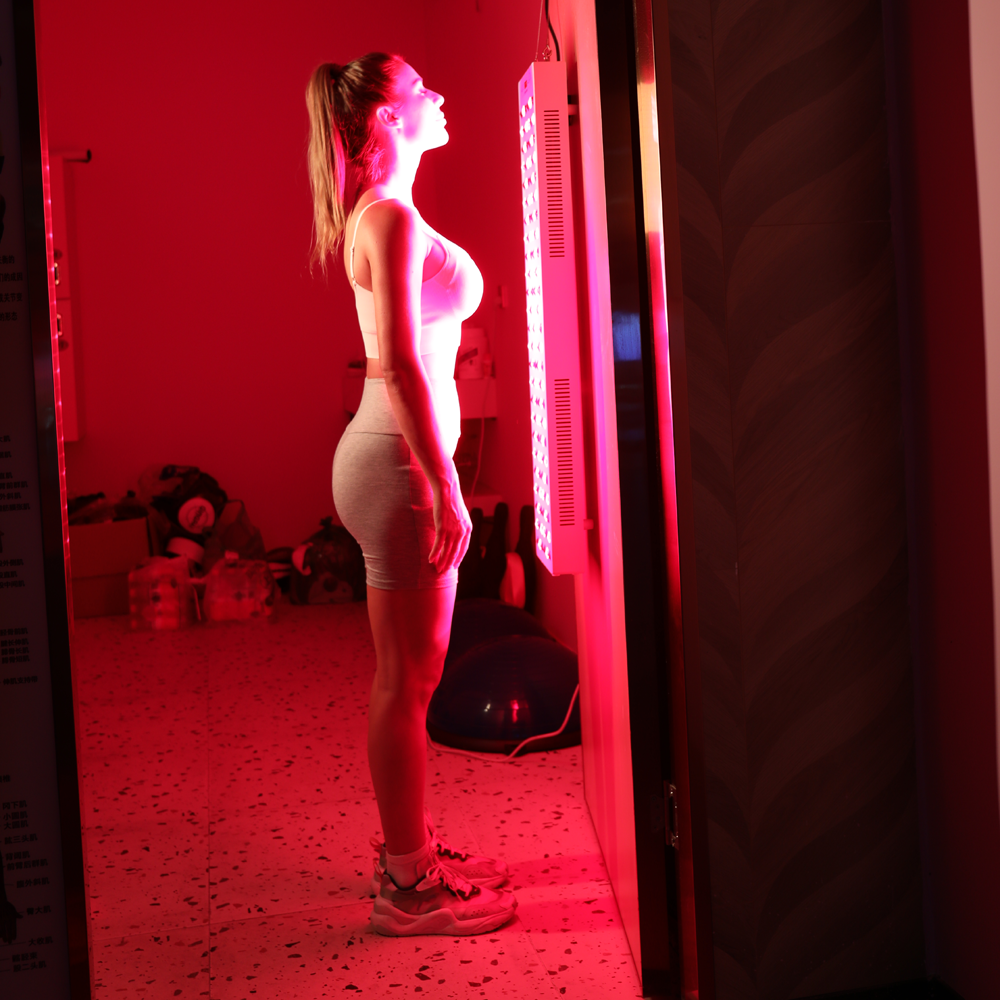

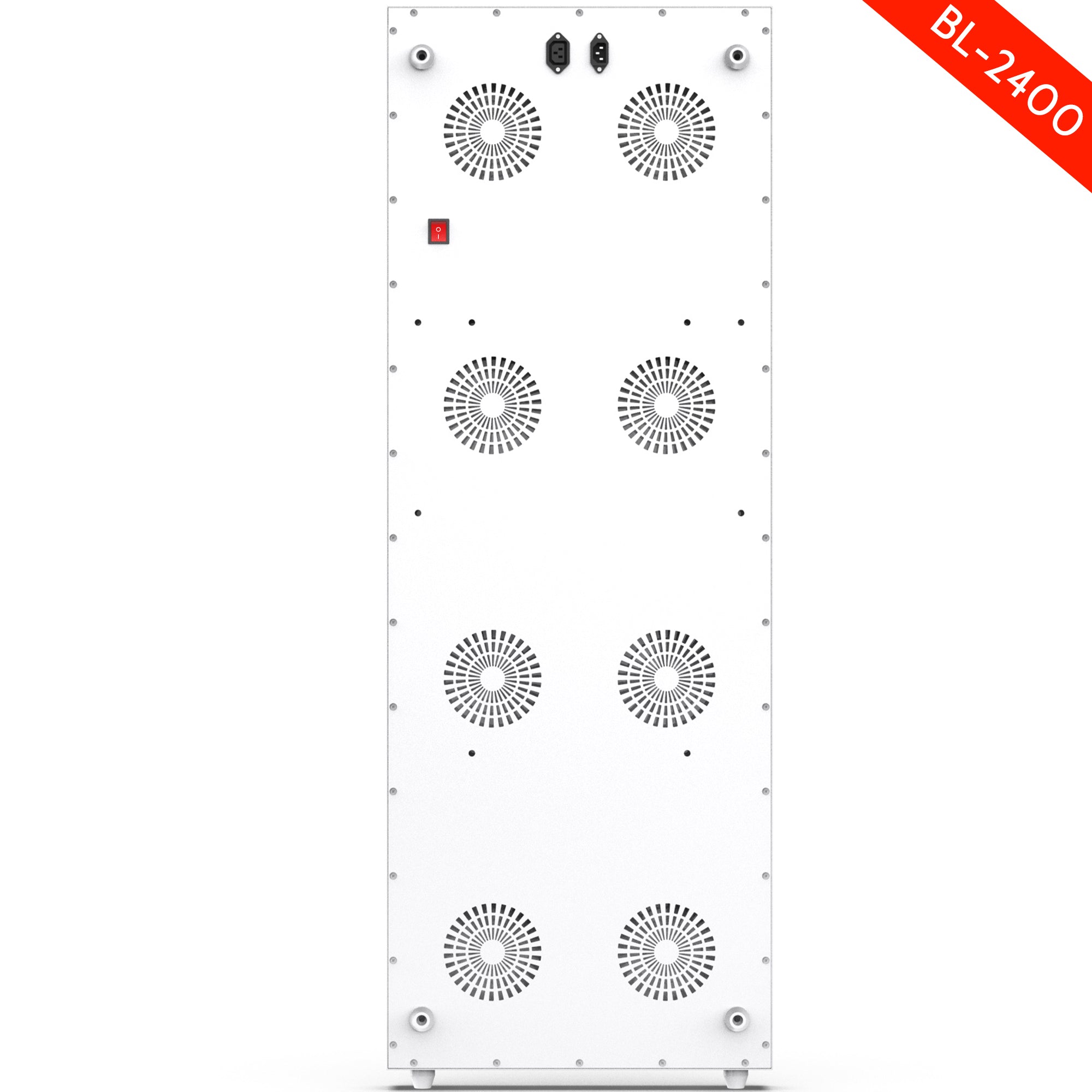
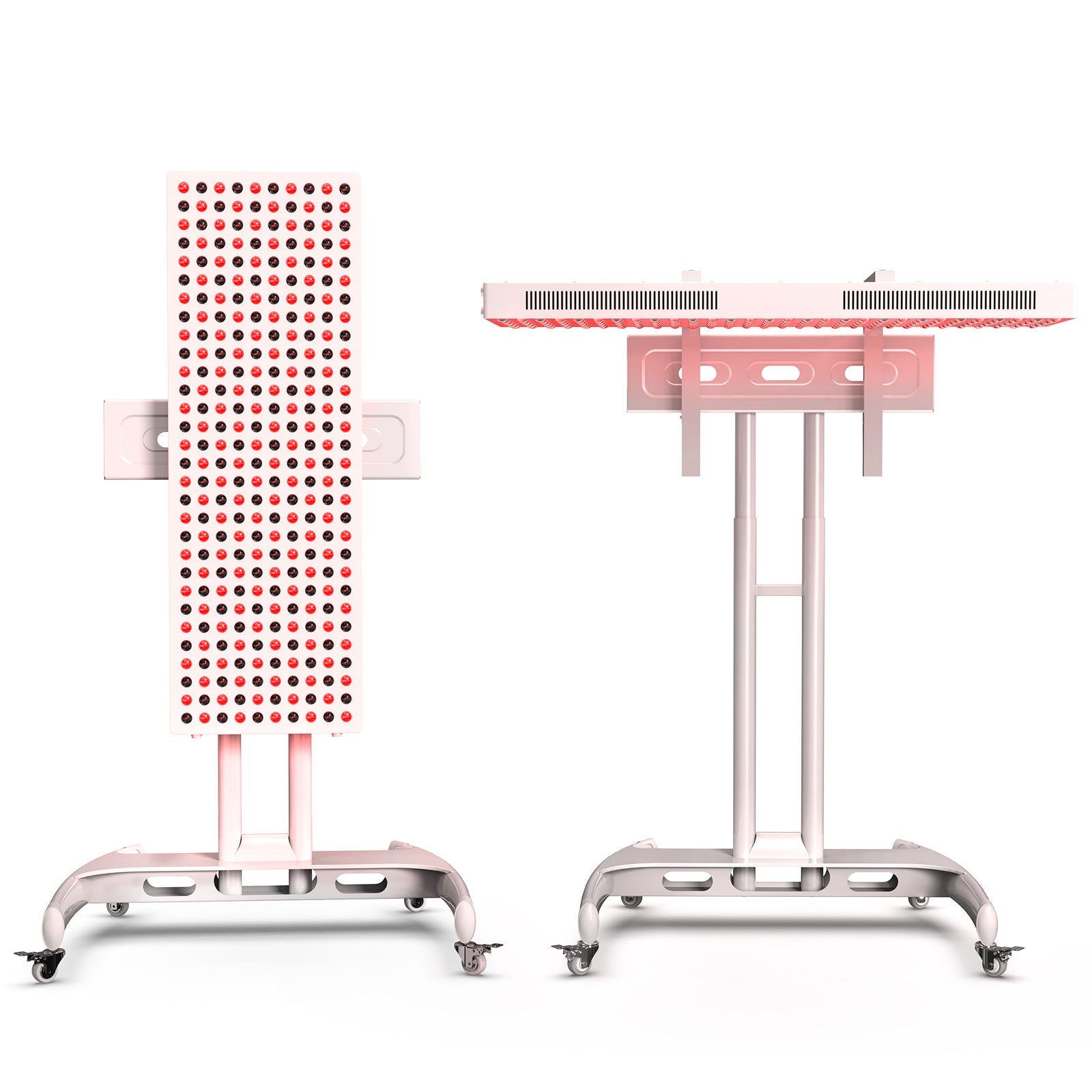
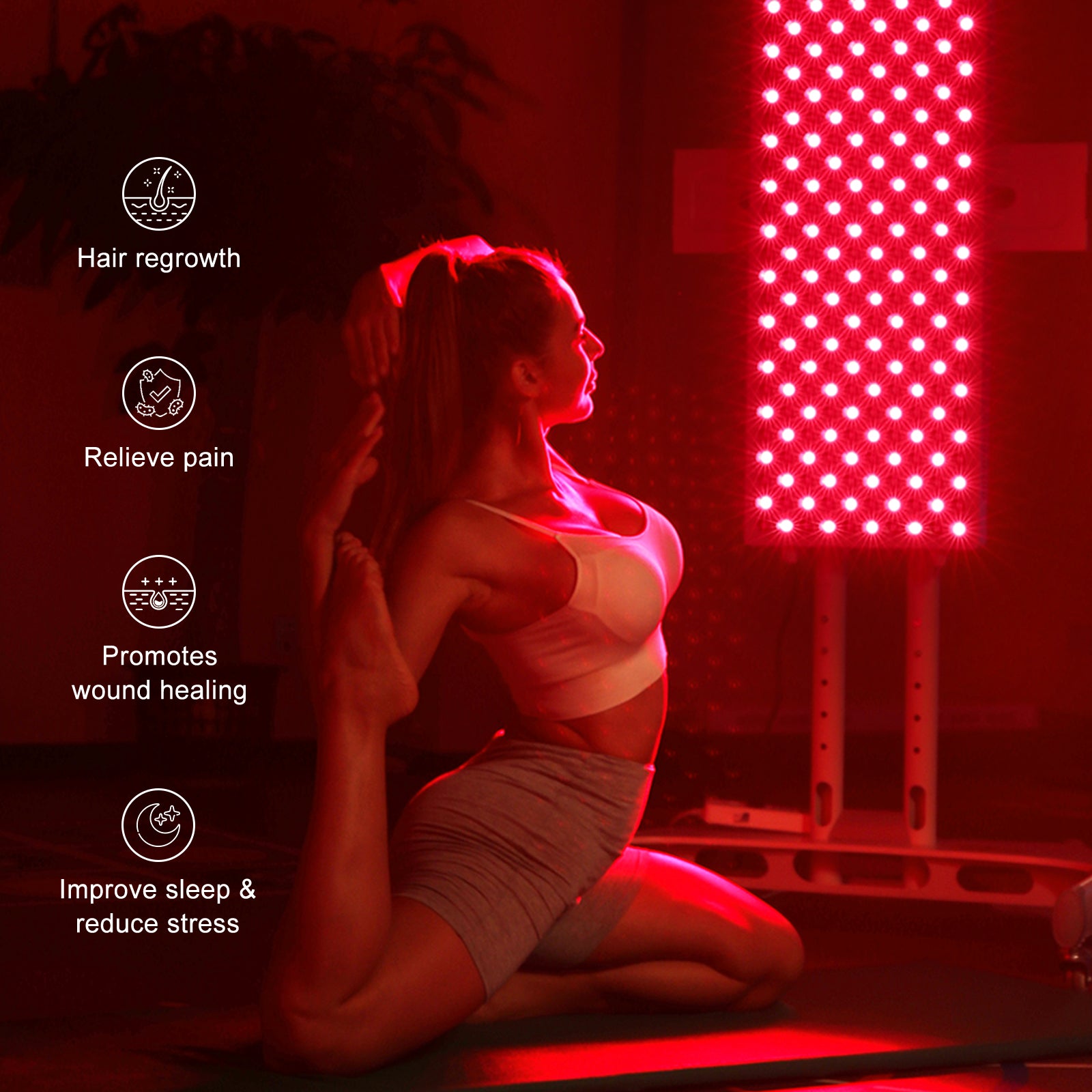
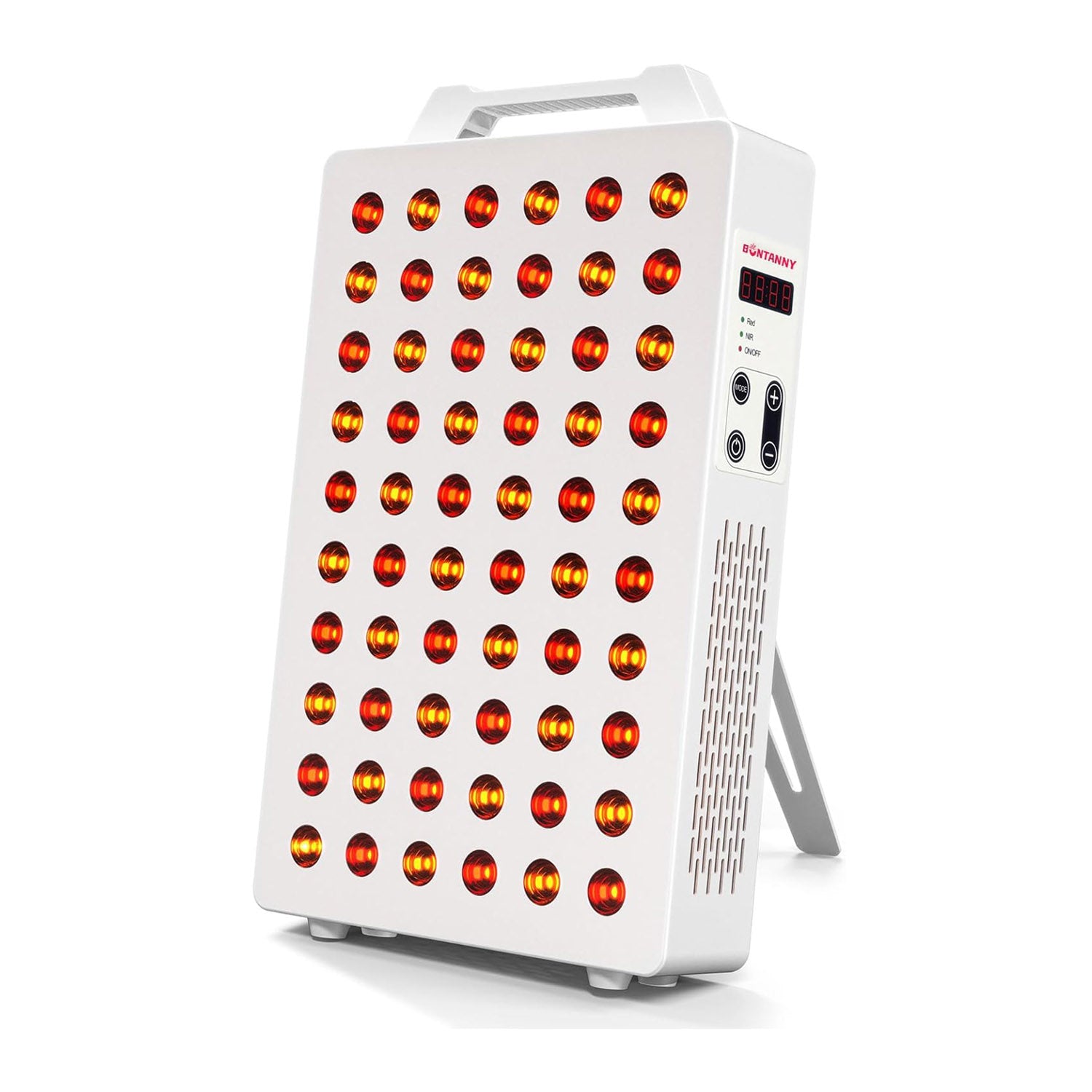
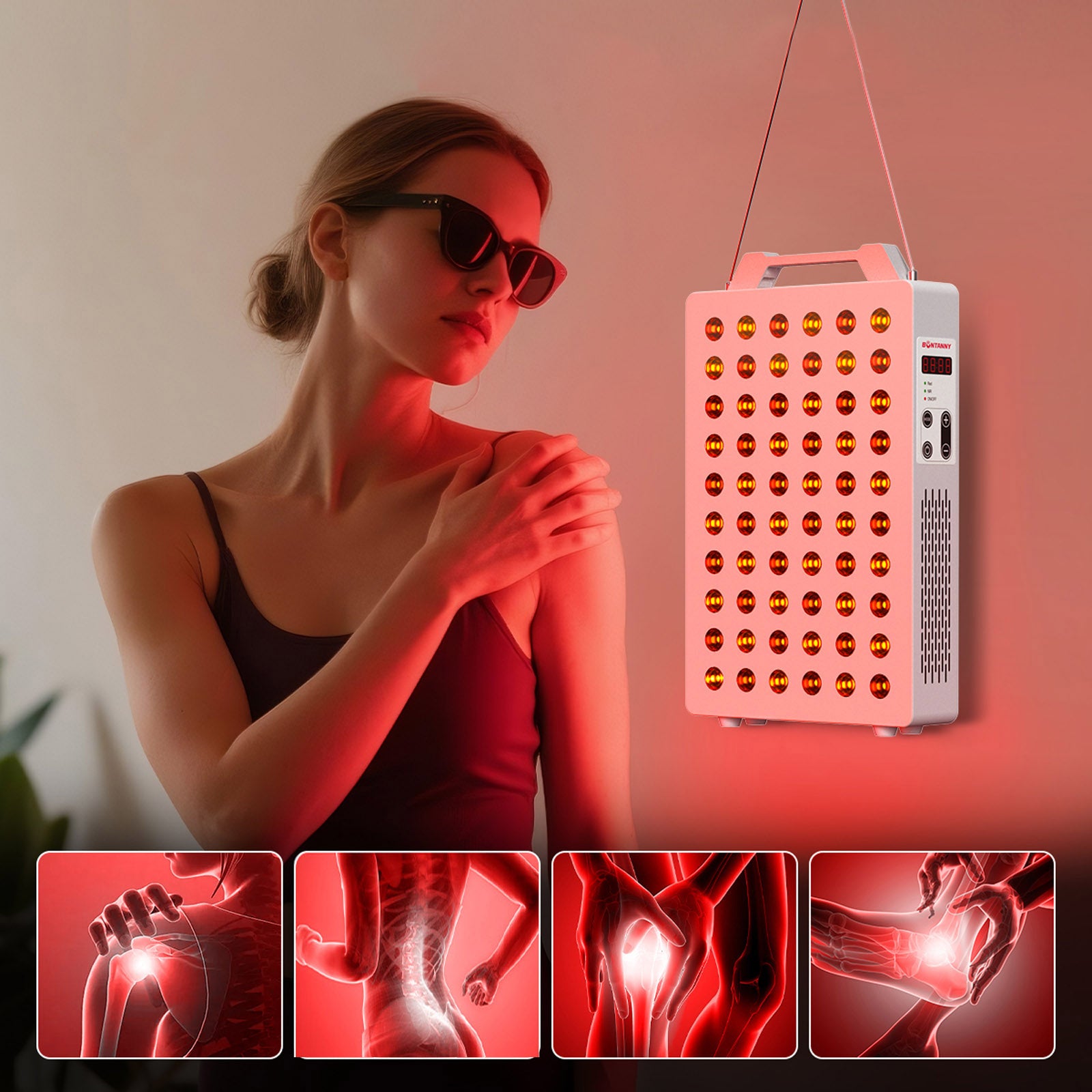
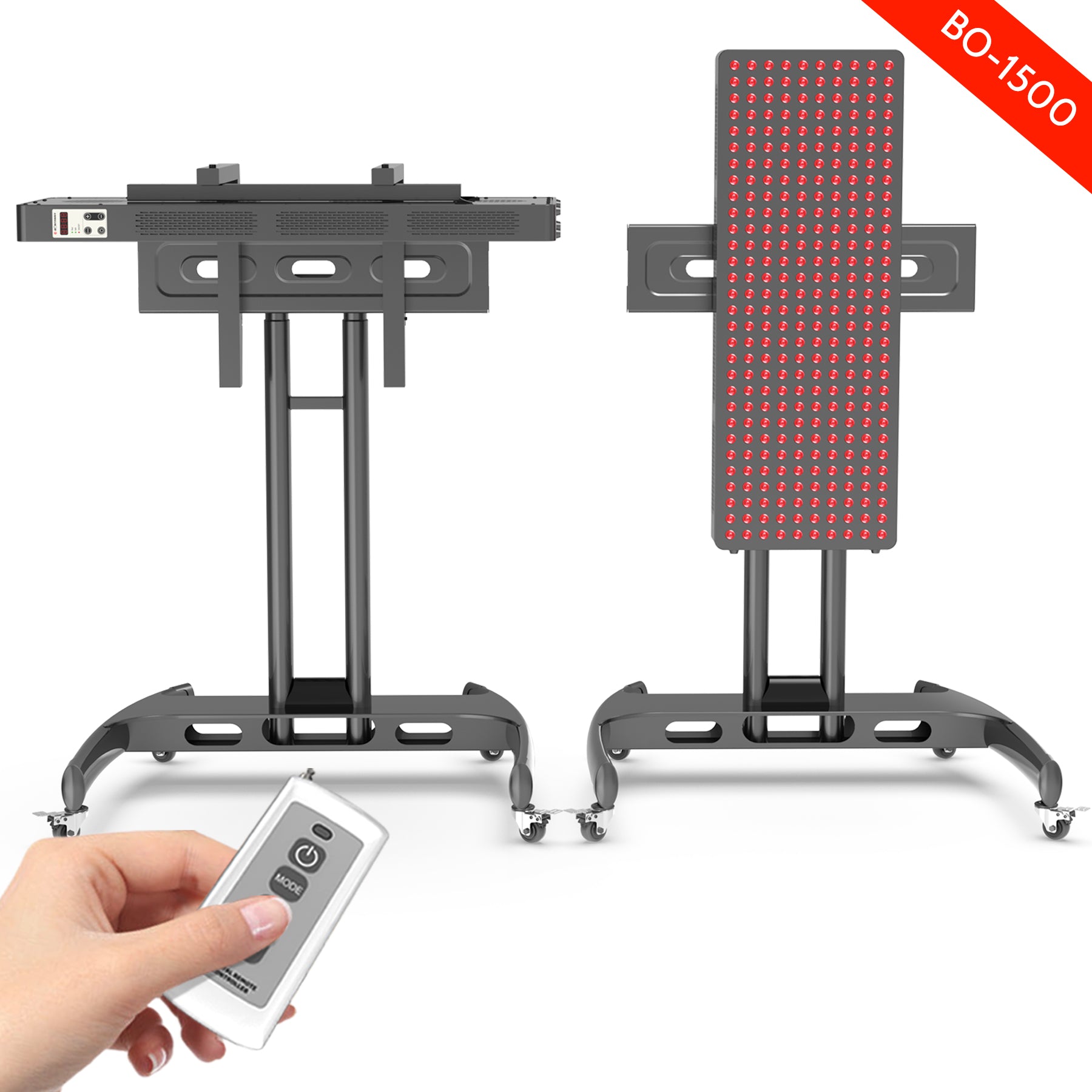
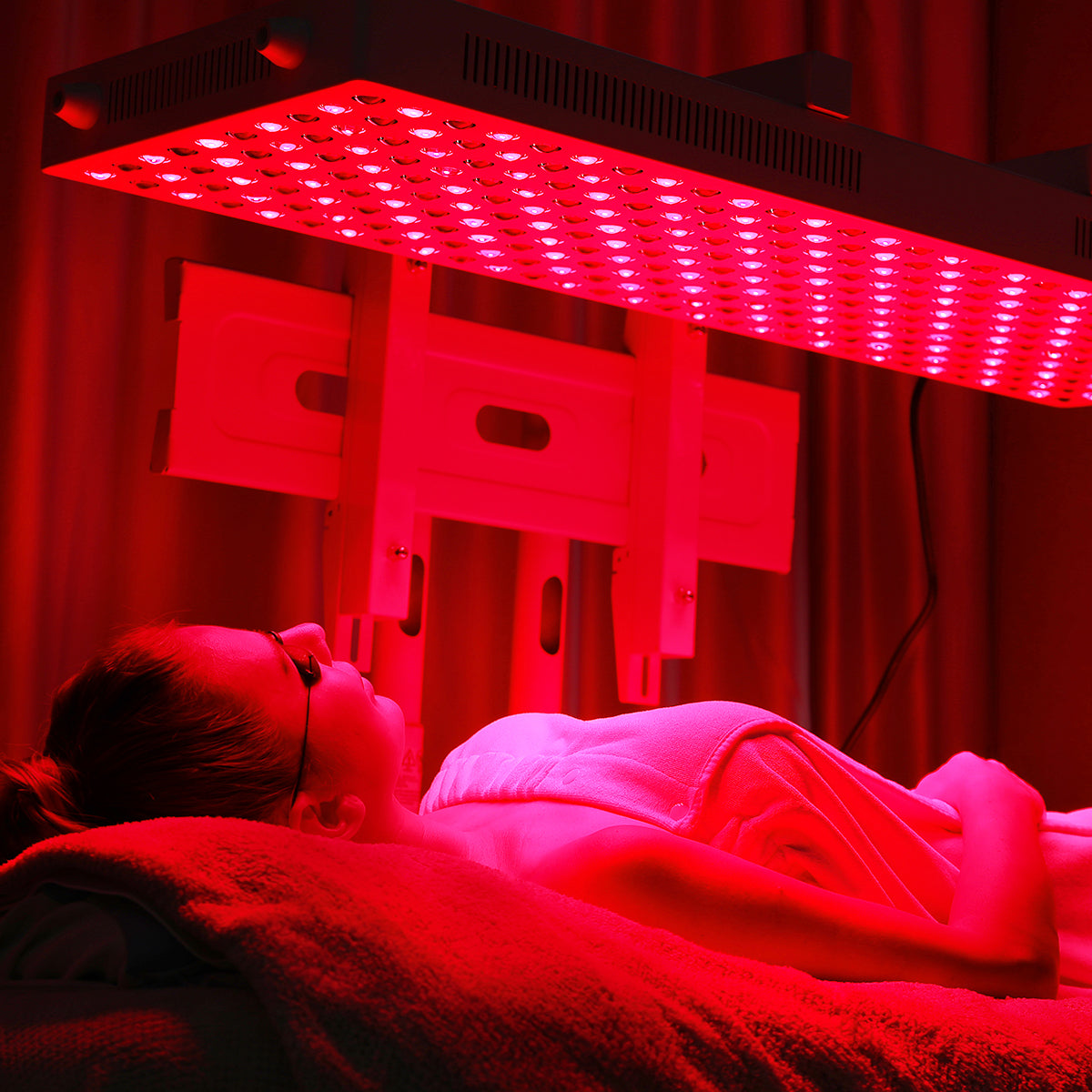
Leave a comment
This site is protected by hCaptcha and the hCaptcha Privacy Policy and Terms of Service apply.